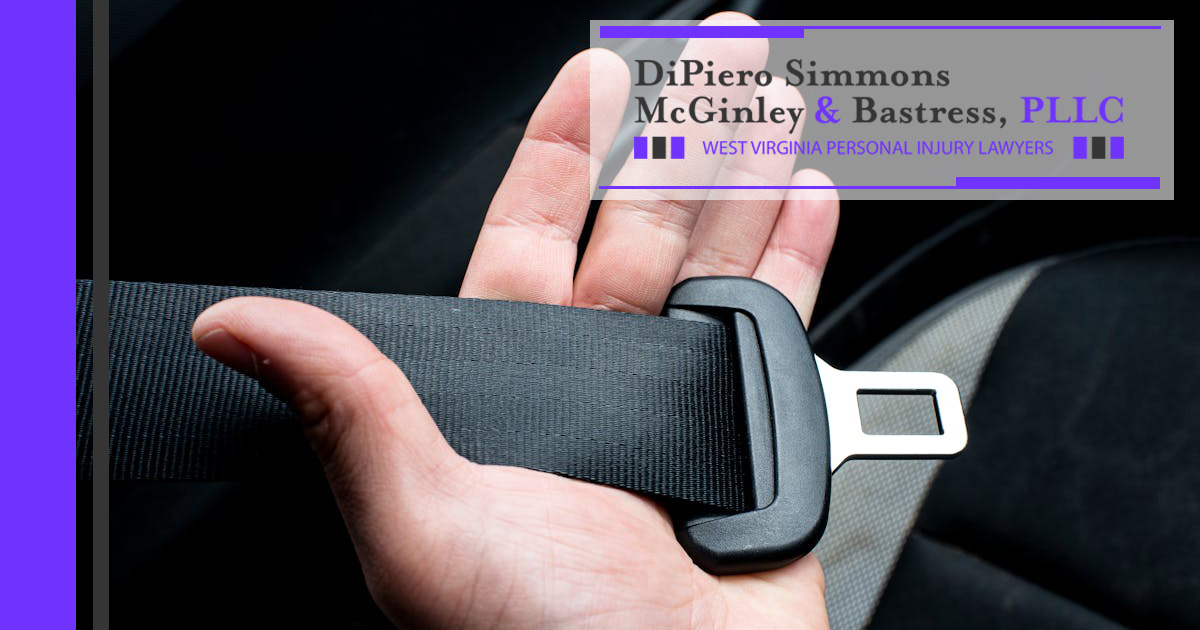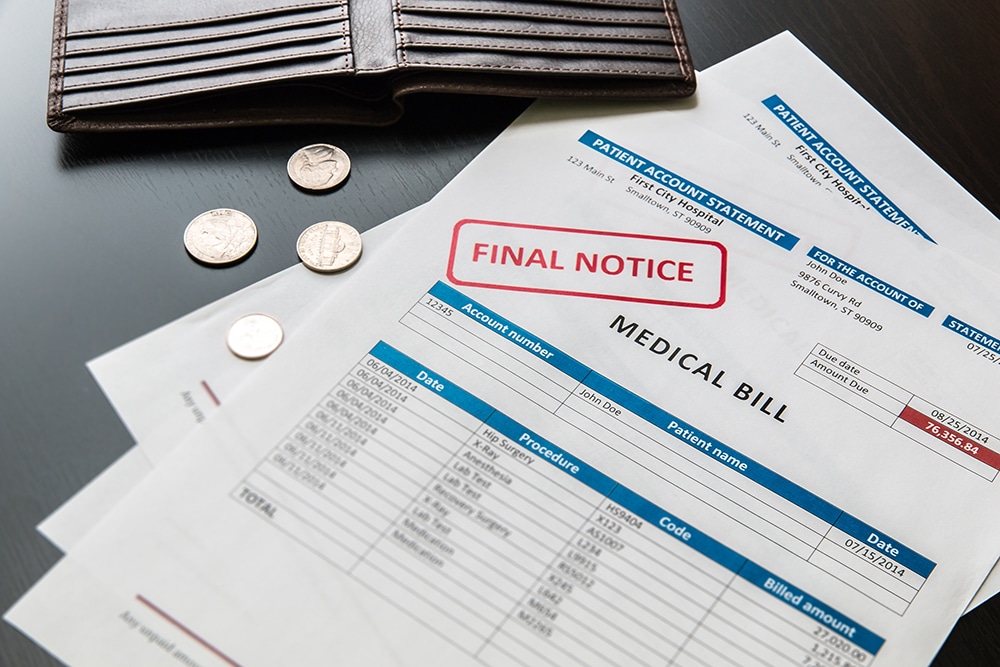Who Is Liable for Seat Belt Injuries?
 Seat belts save lives. There’s no doubt about that. In nearly every collision, seat belts reduce the risk of fatal injuries and keep drivers and passengers from being ejected from vehicles. However, in some cases, seatbelts themselves can cause harm.
Seat belts save lives. There’s no doubt about that. In nearly every collision, seat belts reduce the risk of fatal injuries and keep drivers and passengers from being ejected from vehicles. However, in some cases, seatbelts themselves can cause harm.
When that happens, questions of liability become more complicated to answer.
Who is responsible for injuries caused by a safety device designed to protect? The answer often lies in the details of the car accident, and understanding liability starts with understanding how these injuries occur and under what circumstances.
When Seat Belts Cause Harm
While seat belts are essential safety tools, they aren’t without risk. In high-impact collisions, the force of restraint can lead to significant injuries, often referred to as “seat belt syndrome.”
This can include bruising, internal organ damage, fractured ribs, and spinal trauma. Sometimes, these injuries occur even when the seatbelt performs exactly as designed. However, in other cases, a malfunctioning or poorly designed seat belt might increase the severity of injuries or fail to restrain the occupant altogether.
Determining whether the seat belt functioned properly can be crucial in determining if liability extends beyond the at-fault driver to the vehicle or seat belt manufacturer. In legal terms, these injuries could involve product liability in addition to personal injury claims from the collision itself.

 Any injury to the spinal cord, no matter how seemingly minor, can lead to a permanent disability and a lifetime of rehabilitation. When this type of injury is caused by an accident, it becomes increasingly important to accurately calculate the potential long-term cost so that the injured victim can at least be assured that they are financially covered.
Any injury to the spinal cord, no matter how seemingly minor, can lead to a permanent disability and a lifetime of rehabilitation. When this type of injury is caused by an accident, it becomes increasingly important to accurately calculate the potential long-term cost so that the injured victim can at least be assured that they are financially covered.












